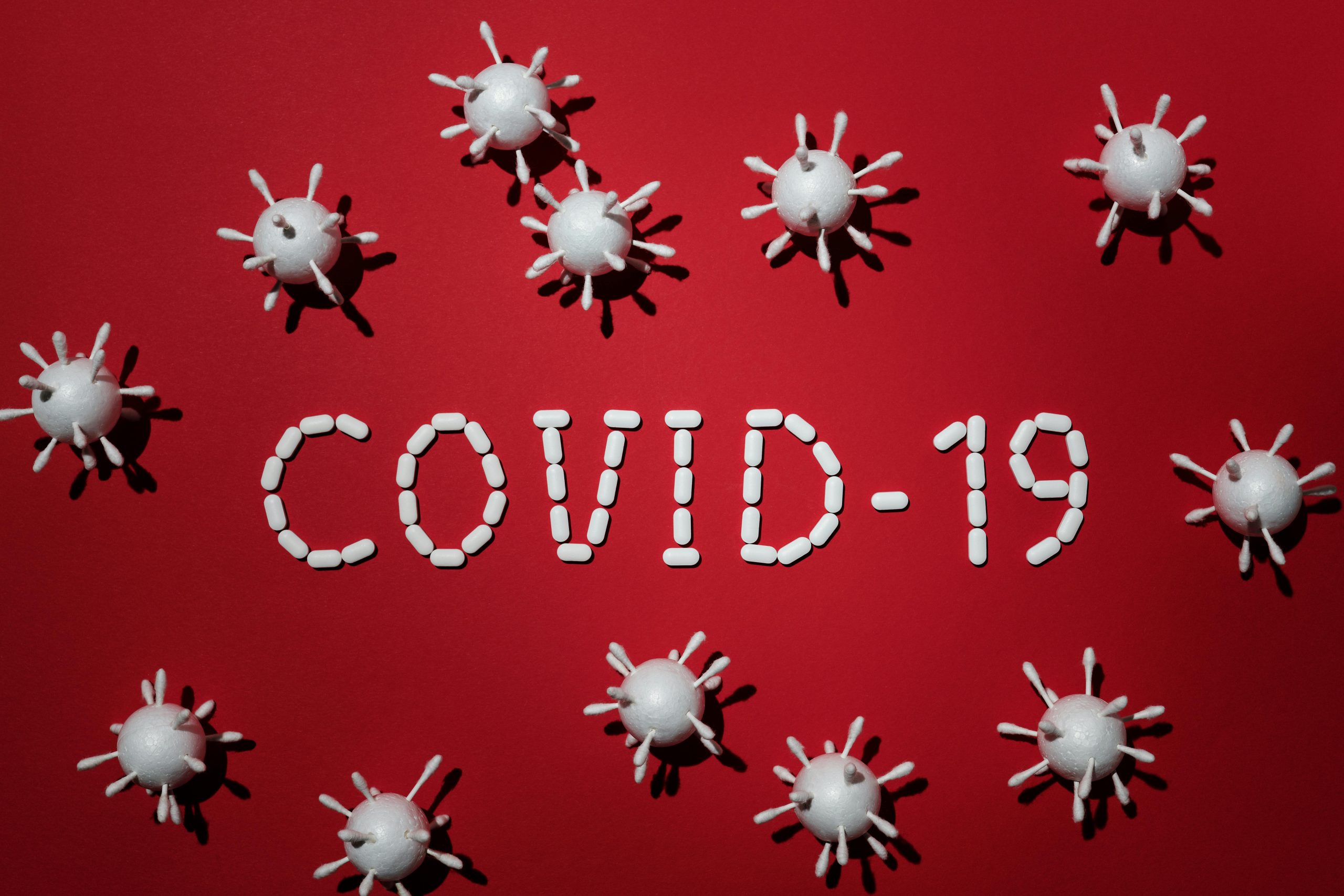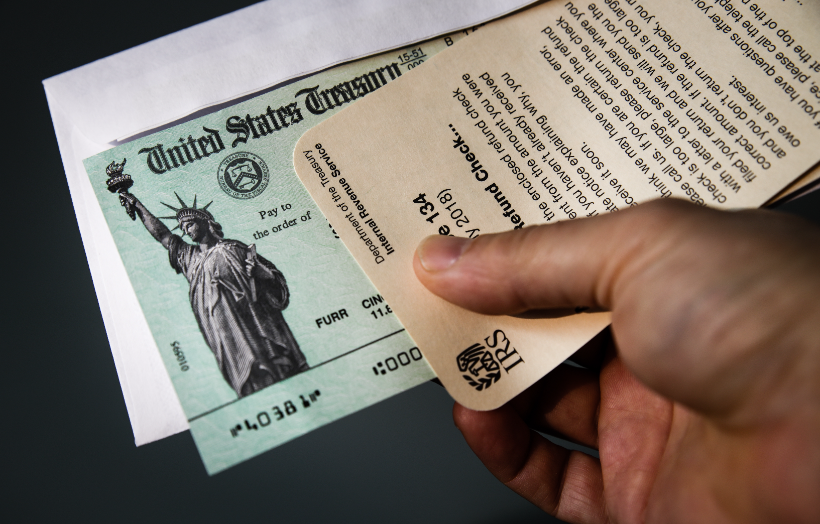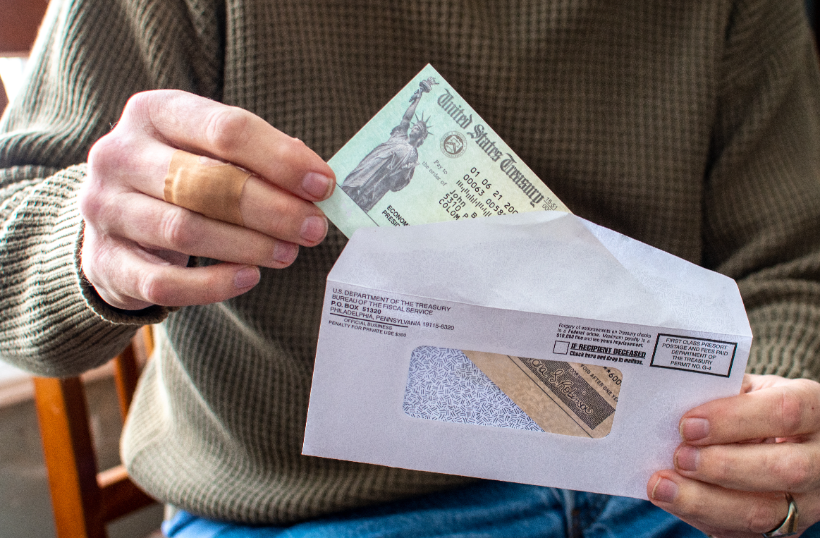President Biden’s Plan for $1,400 Stimulus Checks
Published:$1.9 Trillion Stimulus Package Includes Vaccine Funding, Community Support, & Third Round of Stimulus Checks
President Biden has outlined his plan to help struggling families and communities that have been devastated by the COVID-19 crisis. His emergency legislative package is called the “American Rescue Plan” and would cost approximately $1.9 trillion to fund various federal, state, and local aid programs.
Here’s what’s included in Biden’s stimulus plan and what you might expect for the next round of stimulus checks.
American Rescue Plan
Before we dive into President Biden’s new $1.9 trillion proposal, let’s review the stimulus packages that have been passed so far. The first major stimulus deal, the Coronavirus Aid, Relief, and Economic Security Act (a.k.a. CARES Act), was signed into law by President Trump on March 27, 2020 and cost a whopping $2 trillion. Next, an interim Coronavirus relief bill was signed into law on April 24, 2020 that cost $484 billion. Then a second major stimulus package, the COVID-Related Tax Relief Act of 2020, was signed into law on December 27, 2020 and cost over $900 billion.
Biden’s stimulus plan targets 3 main issues – over $1 trillion in direct financial support for struggling families (including $1,400 per-person stimulus checks, extended unemployment benefits, and increased minimum wage), $400 billion for stopping the spread of the Coronavirus and launching a national vaccination program, and $440 billion of emergency funding for struggling businesses and communities.
President Biden wants to expand unemployment benefits and increase the weekly payout to $400 per week, which would be a $100 per week increase. He also wants to increase the amount of the Child Tax Credit to $3,000 per child, which would be a $1,000 increase (it is currently worth up to $2,000 per qualifying child).
$1,400 Stimulus Checks
Biden wants to deliver immediate relief to working families and individuals who are struggling financially as they cope with the Coronavirus pandemic. This means sending direct payments of up to $1,400 per person, which would be a third stimulus check for most Americans. It also includes providing housing and nutrition assistance, affordable childcare and healthcare, extended unemployment benefits, and increasing the minimum wage.
Remember that in 2020, the CARES Act authorized stimulus checks of up to $1,200 per eligible individual, plus an additional $500 for each qualified dependent child. The COVID-Related Tax Relief Act authorized stimulus checks of up to $600 per eligible individual, plus an extra $600 for each qualified dependent child.
Congress is currently debating the next stimulus package and House Republicans are proposing a counter-plan in response to President Biden’s $1.9 trillion package. It is possible that we’ll see a vote in Congress on another stimulus deal sometime this week, but that’s only if Democrats and Republicans can come to an agreement over how much to spend.
Check the Status of Your Stimulus Payment
There have been 2 stimulus checks so far – the first payment was for up to $1,200 per person and the second payment was for up to $600 per person. If you were/are eligible for both stimulus checks, you will want to make sure that you receive them.
The Internal Revenue Service and the Treasury Department have been working to deliver stimulus checks to millions of Americans. If you have Direct Deposit set up with the IRS, then your stimulus check will be electronically deposited into your bank account (this also means you will probably receive your stimulus money sooner than most). If your Direct Deposit information isn’t on file with the IRS, they will mail you a paper check to the address in their records.
Many people will automatically qualify for a stimulus check. Your eligibility depends on the income (Adjusted Gross Income, or AGI) reported on your 2019 federal tax return (or 2018 tax return if you didn’t file in 2019). However, some individuals may not automatically qualify for a stimulus payment even though they are eligible for one. This includes people who generally don’t file an income tax return because they don’t have to file based on IRS filing requirements.
The IRS provides a “Get My Payment” online tool that people can use to see if they’re eligible for a stimulus check, as well as to confirm if they’re eligible for a payment and how their payment was sent (via Direct Deposit or paper check in the mail).
>> Find Out the Status of Your Stimulus Check
If you are eligible for a stimulus check but you didn’t get anything, or the payment you got was for less than you’re entitled to, then you can claim the missing money by using the new Recovery Rebate Credit. This tax credit is designed for people who didn’t receive a stimulus payment.
Stay tuned for more information about the next COVID-relief bill and a third round of stimulus checks.



